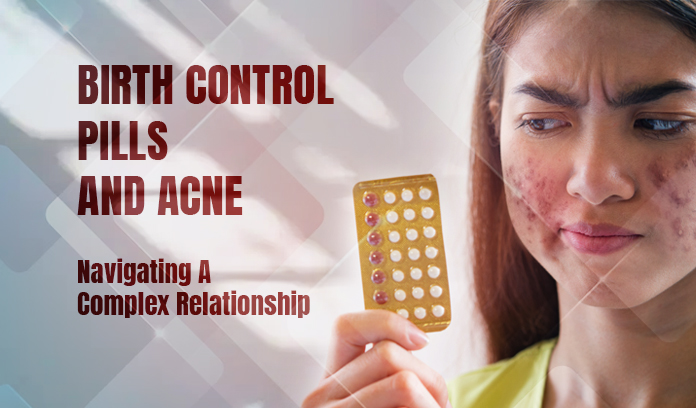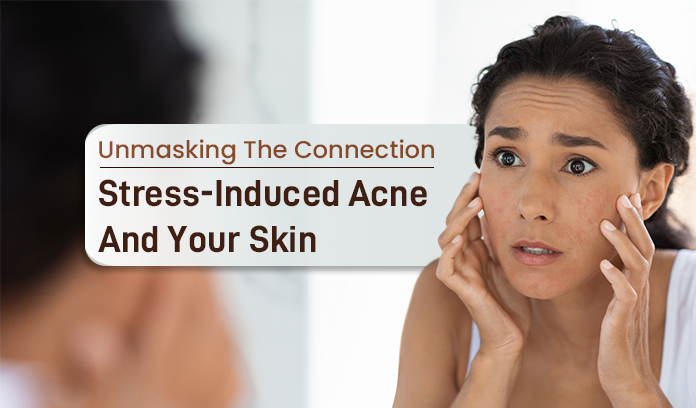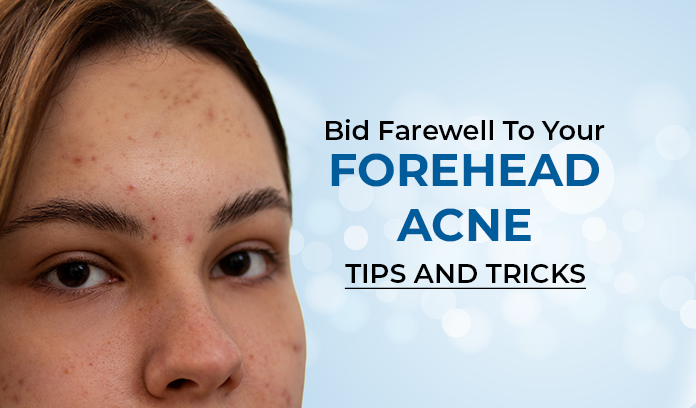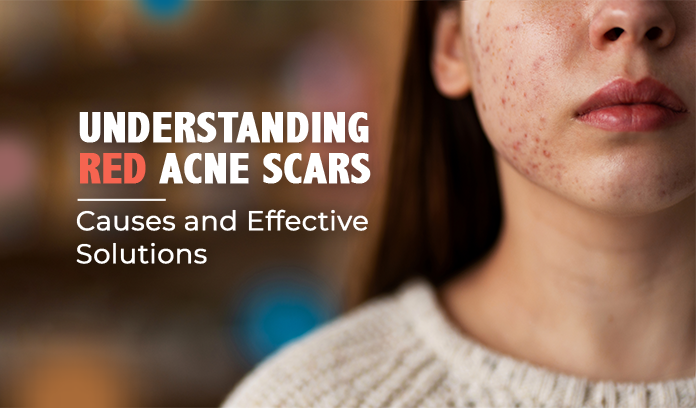As a common skin condition faced by millions around the world, acne manifests itself in various forms and ranges from mild to severe.
Two of the most frequent and prevalent forms of acne are Cystic and Mild acne, which differ primarily based on severity, symptoms, and treatment.
Symptoms
Cystic acne occurs as large painful cysts deep within the skin. It also appears as nodules or inflamed lesions caused by a hormonal imbalance that eventually leads to scarring. Treating these deep scars requires invasive treatments and medical consultation for visibly effective results.
On the other hand, mild acne manifests as whiteheads, blackheads, and pimples caused by excess sebum production. The clogged pores have dirt trapped between the skin’s layers and give birth to acne-causing bacteria, resulting in breakouts.
However, due to over-the-counter drugs or gentle skincare routines mild acne breakouts can be reduced over time.
Severity
Cystic acne can have a greater effect on self-esteem due to its painful and highly visible appearance. Cystic acne also requires stronger and longer medical treatment compared to mild acne.
Mild acne, while less severe, is also easier to conceal, treat, and manage. It doesn’t leave the skin with deep red lesions and inflammation.
Depending on the skin type and scarring, it can still leave a person distressed.
Cystic acne can cause the need to have drugs injected as well as be treated via surgery, given it can lead to long-term scarring and bumps on the skin.
Treatment
In terms of mild acne treatment, there are topical remedies and applications like Benzoyl Peroxide or Salicylic acid to minimize breakouts. It also helps to use products having these skincare ingredients that help refine skin complexion and quality.
In addition to the above, dermatologists might also suggest healthy lifestyle modifications and skincare routines.
Cystic acne is usually treated with a combination of prescription drugs (oral antibiotics) and hormonal therapy. This is a targeted treatment therapy that helps to work on the root cause.
It is the wisest option to consult or seek advice from a dermatologist who can crack down on exactly what your skin needs.
Conclusion
Acne is frustrating and threatening to one’s self-confidence. While most of us perceive it to be a regular adolescent condition, some of us tend to carry it well into adulthood.
While both forms of acne differ from each other, it is good to remember how both are manageable conditions.
With the right support and consultation, you can be a step closer to clearer, healthier, and better skin.











